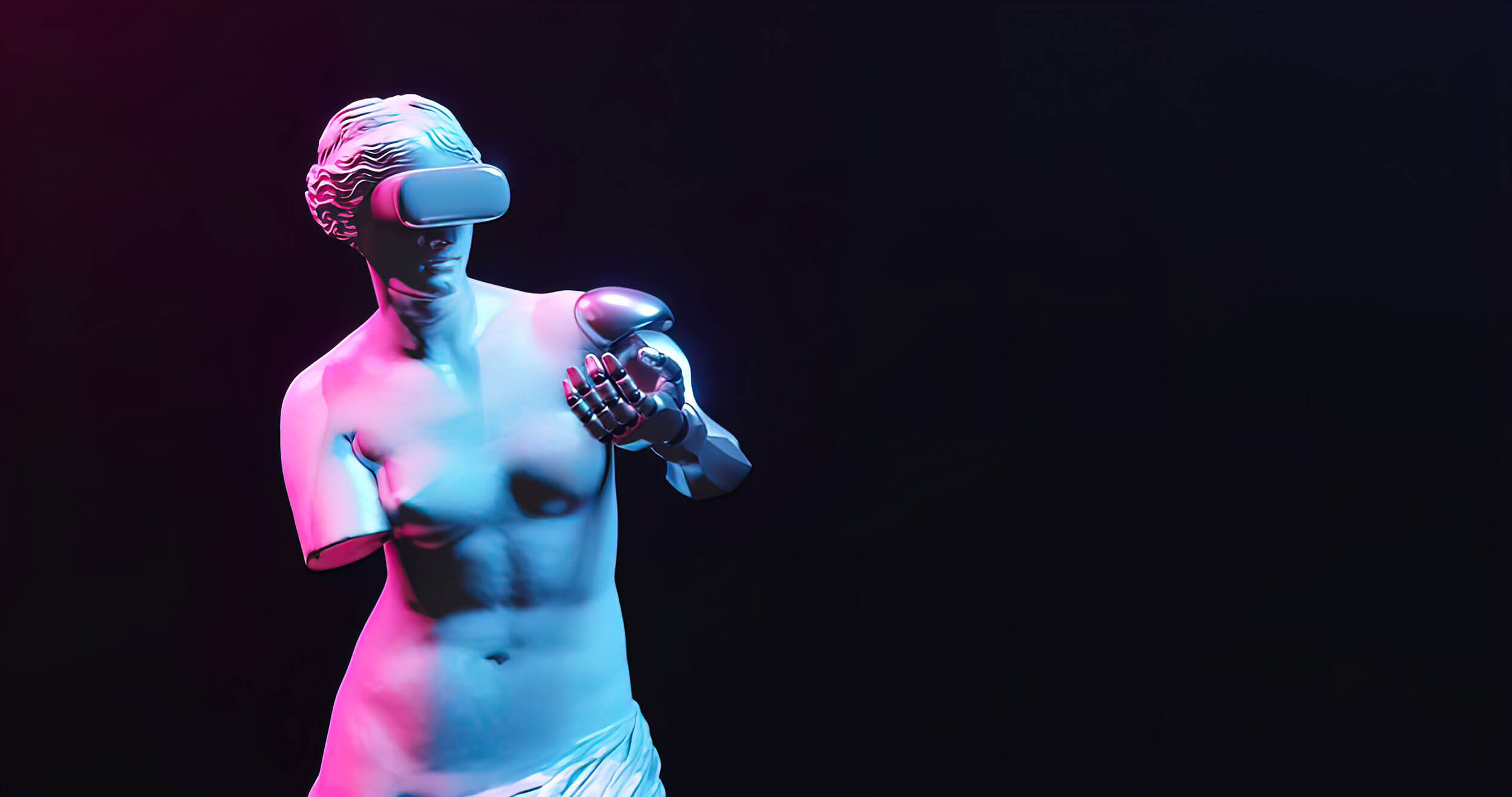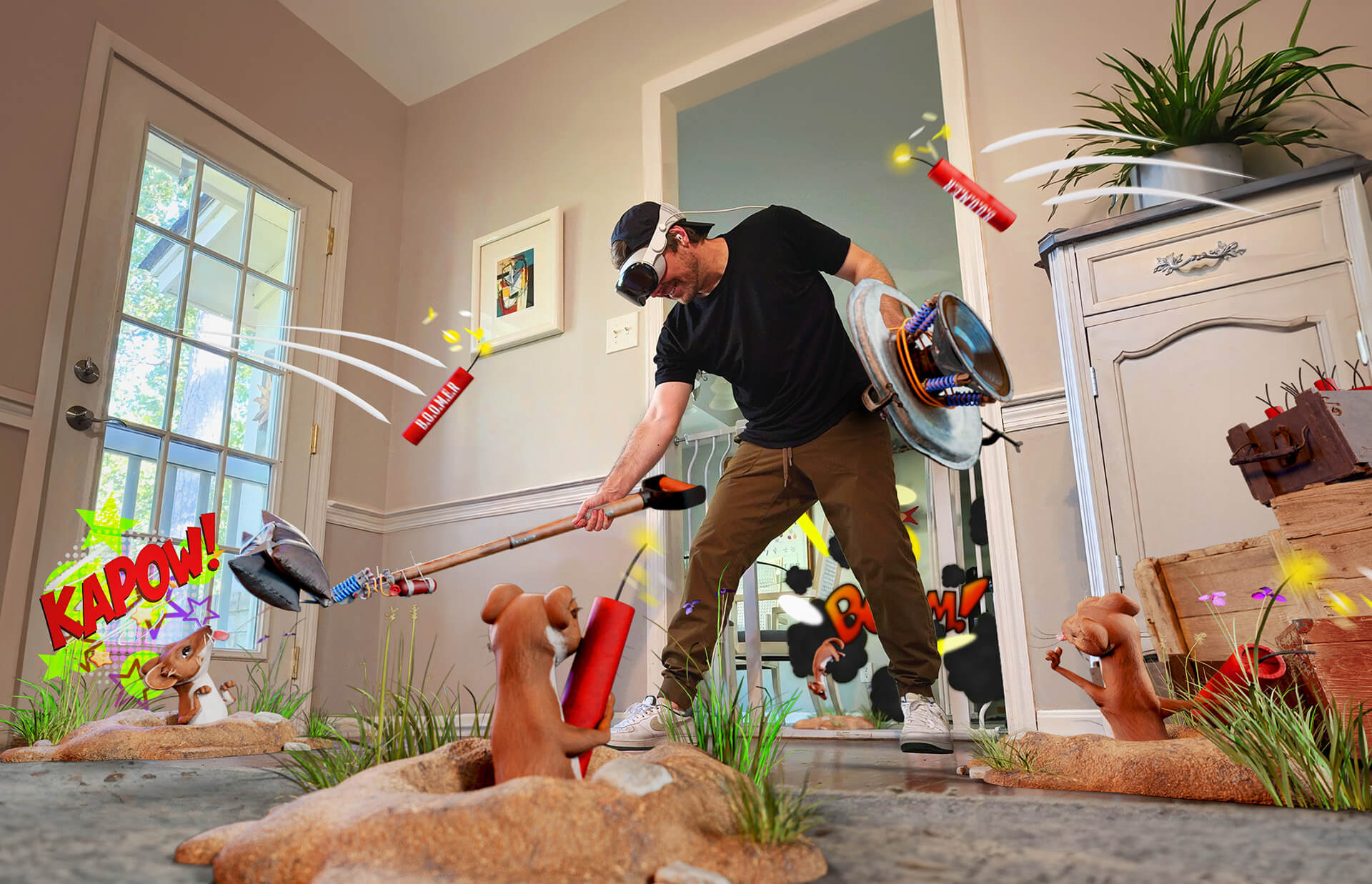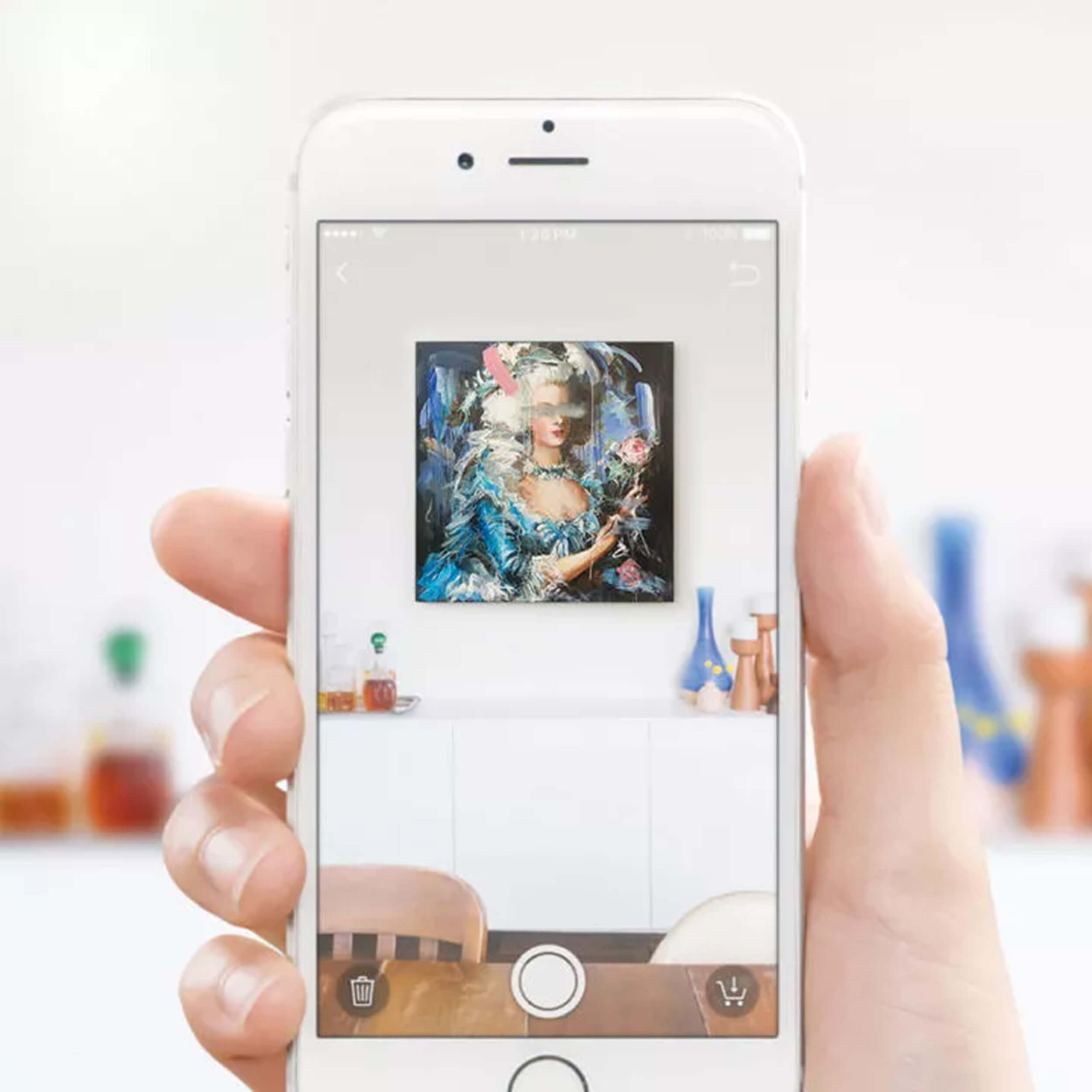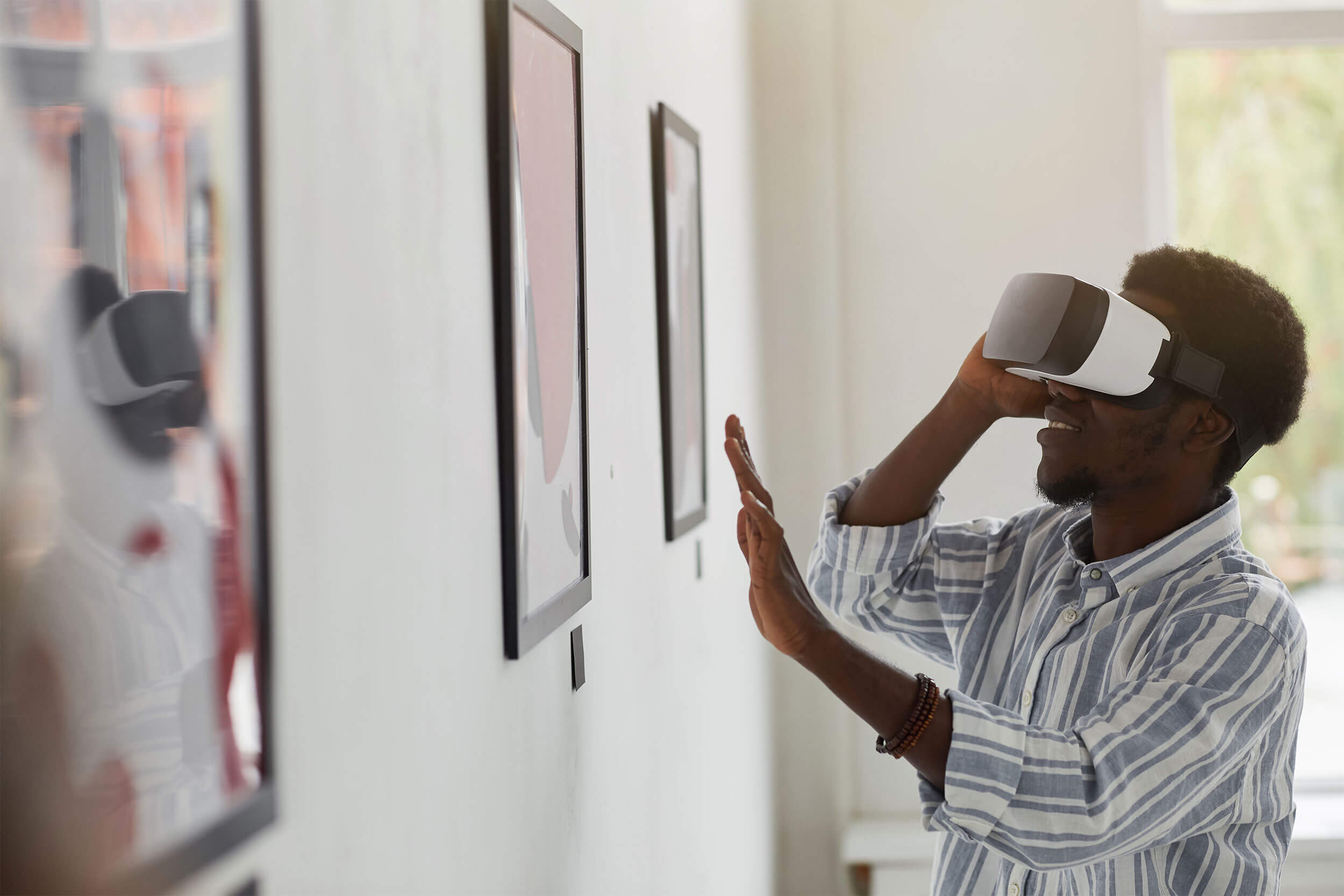In an era of short attention spans and digital-native audiences, museums are reimagining how they engage the public. Virtual Reality (VR) offers an elegant, scalable solution: transforming passive observation into interactive discovery. Whether through immersive storytelling, gamified education, or remote access to priceless artifacts, VR is helping museums reclaim cultural relevance, deepen learning, and future-proof their visitor experience.
Key Takeaways
- VR makes museums more interactive, replacing passive displays with engaging, multisensory storytelling.
- It helps institutions reach younger and remote audiences, expanding educational impact.
- Virtual experiences create new revenue streams through online exhibits and subscription-based learning programs.
- Cross-platform development (e.g., Apple Vision Pro, AndroidXR, Quest 3) ensures accessibility for diverse visitor needs.

Why Are Museums Turning to VR?
Museums face a growing challenge: how to remain relevant in a world saturated with on-demand content and experiential entertainment. For Gen Z and Gen Alpha, static plaques, displays and dimly lit corridors just aren’t enough engagement. Visitors now expect immersion, agency, and personalization—and VR delivers all three.
Unlike traditional displays, VR doesn’t just inform; it transports. Visitors can walk through ancient cities, examine rare artifacts in 3D, or step into the shoes of historical figures. These experiences deepen understanding, promote empathy, and make learning memorable.
According to a Museums Association report (2025), 79% of respondents expressed interest in using digital technology to explore collections currently unavailable to the public. This signals a major opportunity for institutions to digitize, preserve, and scale their most fragile and valuable exhibits.
Immersive Storytelling as Cultural Preservation
VR excels at emotional storytelling with its immersive abilities—making it an ideal medium for cultural heritage institutions and historic preservation. Imagine:
- Walking through a recreated version of Pompeii before the eruption.
- Exploring a digital twin of Versailles guided by an AR overlay on Apple Vision Pro.
- Participating in an interactive retelling of the Harlem Renaissance, narrated by AI-generated avatars similar to RPR’s Purple Paradise.
These experiences go beyond passive learning. They engage multiple senses, allow for exploration at one’s own pace, and can be layered with narration, music, sound design, and branching narratives. RPR’s collaboration with Google in Paris uses AR overlays on historical sites, a strong precedent for similar museum applications. These immersive experiences blend physical and digital storytelling to create memory-rich engagements.
Expanding Accessibility and Reach
VR breaks down the physical and financial barriers to accessing culture:
- Remote students can take virtual field trips.
- Visitors with disabilities can navigate exhibits via seated or guided VR.
- Institutions with fragile collections can digitize and preserve access without risking damage.
For smaller museums or traveling exhibitions, going virtual enables replication and portability without logistical constraints. These digital replicas can also be licensed, opening new revenue models based on virtual ticketing or institutional partnerships.
Let’s chat
Not sure where to start? Book a free strategy call with us to get started! No strings attached.

The Cleveland Museum of Art’s ArtLens Gallery found that 78% of visitors felt the technology made the museum more welcoming. For those who felt uncertain about interpreting art, confidence levels rose post-visit—highlighting how digital tools can democratize access to complex content.
What Kinds of VR Experiences Work Best in Museums?
1. Virtual Gallery Tours
Let users explore exhibits online or in kiosks. Tours can include:
- Clickable artifact details
- 360° views
- Narration or language selection
- Curator interviews
2. Immersive Education Modules
Gamified learning for school-age audiences. For example:
- Time-travel journeys through major civilizations
- Chemistry labs reconstructed in 3D for safe experimentation
- Guided simulations of climate impact through visualized data
3. Artifact Exploration in Mixed Reality
Using passthrough headsets like Meta Quest 3 or Apple Vision Pro, visitors can hold up their device and:
- See reconstructions of missing parts of a sculpture
- Trigger animations of how an artifact was originally used
- Compare replicas across time periods or geographic regions
Using advanced 3D scanning methods like Gaussian Splatting, Museums are able to also digitally preserve a part of history and view it from anywhere. Assisting alongside in documenting artifacts, recreating objects, and building virtual replicas for study and display, or just creating themed game-based experiences for engagement.
4. AI-Assisted Tour Guides
A key challenge for museums is scaling up the expertise of historians and tour guides, but Artificial Intelligence is changing that with the ability to surface insights and respond to open-ended questions using Large Language Models connected with AI Voice Cloning. For example, the “Ask Dali” experience was an incredibly successful example of incorporating an AI voice to talk to the man himself (or at least an AI representation of him!) and learn about his inspiration for his work. This can be combined with Virtual Reality experiences to make immersive experiences even more personalized and interactive.
5. Gen AI Artist Styles
View or create a unique world inspired by your favorite artists or pop-culture references, all using Generative AI to immerse users in a feeling only VR can offer. The collaboration of two powerful rising technologies can bring endless creative possibilities. You could take existing pieces and virtually walk around it while interacting in a 360 environments with 6DoF (6 Degrees of Freedom: up/down, forward/back, left/right, pitch, roll, yaw – a technique commonly used in Gaussian splats to allow full movement). RPR offers a blend of such emerging tools to create omnichannel, experiential experiences using VR headsets for immersion and Generative AI for expansion of environment.
Technology Considerations: Cross-Platform is Crucial
Museums are often slow to adopt bleeding-edge technology due to cost and technical debt. That’s why cross-platform, future-proof development matters.
Modern VR experiences should support:
- Apple Vision Pro – high-fidelity, enterprise-ready
- AndroidXR – open ecosystem with growing adoption
- Meta Quest 3 – cost-effective and powerful
Rock Paper Reality specializes in developing Extended Reality solutions and immersive storytelling experiences that work across these platforms—allowing museums to scale reach, avoid vendor lock-in, and adapt as hardware evolves. Saatchi Art partnered with RPR to develop and launch an AR experience that lets you view over 1.4 million works of art, all in your home. WebXR solutions like such can bring lighter immersive content to mobile or desktop browsers, expanding accessibility even further.

Keep up to date
Sign up to our newsletter for exclusive updates and content, delivered directly to your inbox.
ROI and Funding Considerations
Investing in VR is no longer a luxury. For many museums, it’s becoming essential to:
- Attract grants focused on STEM and digital inclusion
- Boost attendance through novel, shareable experiences
- Expand beyond local audiences with monetizable virtual tours
Foundations and public institutions increasingly see immersive tech as a tool for civic engagement. As such, funding is available—especially for projects that tie into education, accessibility, or cultural preservation.
Future Consideration
With 5G and cloud rendering, we’re nearing a world where visitors can simply walk into a museum and have an on-demand, personalized immersive experience that adapts to their preferences and interests. Remember the audio guide? In the near future, we’ll see:
- Lightweight AR glasses (AndroidXR, AVP) replacing hand-held guides
- AI-powered avatars offering live translation, storytelling, and curation
- Context-aware navigation, helping visitors find what they’re interested in, not just follow a linear tour
Museums are guardians of the past—but they must speak the language of the future to survive in the present. Virtual Reality is more than a tech novelty; it’s a storytelling medium uniquely suited to the goals of cultural preservation, education, and accessibility.
As hardware becomes more affordable and ecosystems like Apple Vision Pro and AndroidXR mature, the question for museums isn’t “should we use VR?” but “how soon can we begin?”
And when they do, they’ll find that immersive storytelling doesn’t just digitize exhibits. It brings them to life.

FAQs on Using Virtual Reality in Museums
Can you visit museums with VR?
Yes. One of the coolest features of being in Virtual Reality, aside from gaming in VR is the ability to transport to, and explore new places with guided tours, added info and interactions.
How big is the VR tourism market?
The Global virtual tourism market was worth USD 10.34 billion in 2024 and is anticipated to reach a valuation of USD 13.46 billion in 2025. Even more so, the projection raises to USD 111.16 billion by 2033.
Do museums manage the devices and content themselves?
Depending on the device, services and package deals are offered to make use and run specific content. For example, Microsoft Hololens and Meta Quest 3s are offered at lower rates in bulk for educational or training purposes.
How can museums go about digitizing artifacts?
Methods that make use of 3D Scanning like Gaussian Splatting or 360 degree filming are a great modern way to document fragile artifacts or recreate damaged objects.
What are common challenges with VR in museums?
It’s important to care for the equipment gently and maintain cleanliness for proper device management, alongside keeping version control of the content, teaching new users how to make use of the device safely, plus considering the liability and potential risks of injury.
